12mm Silicone Beads Bulk
Discover our gorgeous 12mm silicone beads bulk – round or alphabet beads, embossed or printed – 40 colors and color mix – high quality focal beads & Free Idea Book
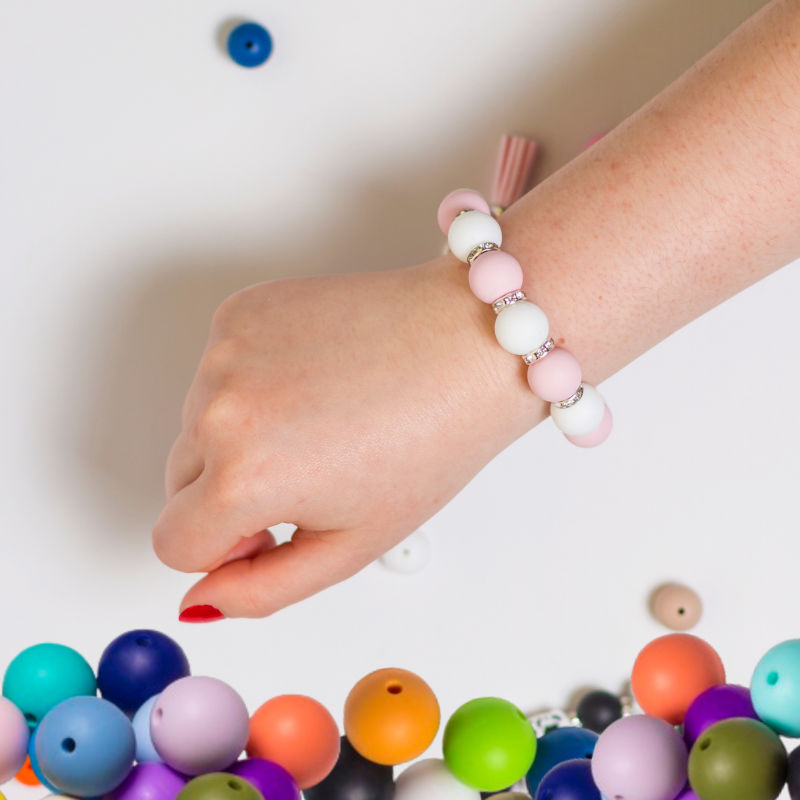
Original price was: $13.99.$7.99Current price is: $7.99.
43% Off
Original price was: $20.00.$13.99Current price is: $13.99.
30% Off
Original price was: $20.00.$13.49Current price is: $13.49.
33% Off
Original price was: $10.00.$4.99Current price is: $4.99.
50% Off
Original price was: $15.00.$11.99Current price is: $11.99.
20% Off
Original price was: $17.00.$15.99Current price is: $15.99.
6% Off
Original price was: $20.00.$19.99Current price is: $19.99.
0% Off
Original price was: $21.00.$18.99Current price is: $18.99.
10% Off
Tags
Tags
Shop Silicone Beads
Shop By Category
Learn to Bead With Us
Beading Tutorials – Tips and Tricks
Subscribe now and get special offers
From Our Blog
OUR MOST RECENT POSTS
Subscribe to our newsletter and get 10% Off!
Category Description - 12mm Silicone Beads Bulk
More info on 12mm Silicone Beads Bulk
Looking for an original item to add to your jewellery? Use our 12mm silicone beads bulk tassels and create unique pieces of jewellery. The 12mm silicone beads bulk are availbale in various bright colours or dark shades. Clever Beads Wholesale Online offers silicone beads in various sizes, from 8mm to 30mm, on eof the most popular being 12mm. These large beads are nice to incorporate into keychains, necklaces or accessories, they look great on anything. We love to use them in bracelets, but the possibilities are endless! If you're into beads you might also want to check out our inspiration page for jewellery making ideas with beads!
Facts on Silicone Beads Bulk - About Jewelry Design
Jewellery design is the art or profession of designing and creating jewellery. It is one of civilization's earliest forms of decoration, dating back at least 7,000 years to the oldest-known human societies in Indus Valley Civilization, Mesopotamia and Egypt. The art has taken many forms throughout the centuries, from the simple beadwork of ancient times to the sophisticated metalworking and gem-cutting known in the modern day.
Before an article of jewellery is created, design concepts are rendered followed by detailed technical drawings generated by a jewellery designer, a professional who is trained in the architectural and functional knowledge of materials, fabrication techniques, composition, wearability and market trends.
Traditional hand-drawing and drafting methods are still utilized in designing jewellery, particularly at the conceptual stage. However, a shift is taking place to computer-aided design programs. Whereas the traditionally hand-illustrated jewel is typically translated into wax or metal directly by a skilled craftsman, a CAD model is generally used as the basis for a CNC cut or 3D printed 'wax' pattern to be used in the rubber molding or lost wax casting processes.
Once conceptual/ideation is complete, the design is rendered and fabricated using the necessary materials for proper adaptation to the function of the object. For example, 24K gold was used in ancient jewellery design because it was more accessible than silver as source material. Before the 1st century many civilizations also incorporated beads into jewellery. Once the discovery of gemstones and gem cutting became more readily available, the art of jewellery ornamentation and design shifted. The earliest documented gemstone cut was done by Theophilus Presbyter (c. 1070–1125), who practiced and developed many applied arts and was a known goldsmith. Later, during the 14th century, medieval lapidary technology evolved to include cabochons and cameos.
Early jewellery design commissions were often constituted by nobility or the church to honor an event or as wearable ornamentation. Within the structure of early methods, enameling and repoussé became standard methods for creating ornamental wares to demonstrate wealth, position, or power. These early techniques created a specific complex design element that later would forge the Baroque movement in jewellery design.
Traditionally, jewels were seen as sacred and precious; however, beginning in the 1900s, jewellery has started to be objectified. Additionally, no one trend can be seen as the history of jewellery design for this time period. Throughout the 20th century jewellery design underwent drastic and continual style changes: Art Nouveau (1900–1918), Art Deco (1919–1929), International Style & organicism (1929–1946), New Look & Pop (1947–1967), Globalization, Materialism, and Minimalism. Jewellery design trends are highly affected by the economic and social states of the time. The boundaries of styles and trends tend to blur together and the clear stylistic divisions of the past are harder to see during the 20th century.
After the 14th century, gemstone cutting technology evolved into ring surface treatment and carving. At the time, many techniques were controlled by jewelry design committees made up of nobility, and design was combined with social class. Some churches, royal families, and noble families used special design techniques such as badges and jewelry, as well as special methods of gemstone composition. All of these are used to demonstrate wealth, status and entitlement.
Most of these jewelry design styles are related to the art, architecture, and decorative styles of the time. For example, the Baroque jewelry design movement emerged later, and the evolution of the genre also changed significantly.
From 1714 to 1830, it was popular to create jewelry with natural elements, green and purple gemstones, and it was called the Georgia period. In the following Early Victorian period, animalistic motifs and multi-colored metal patterns were added. In the mid-Victorian period, five-color jewelry combined with shells, tassels, mosaics, and other techniques became popular. And because of Prince Albert's death, the material coal jade (Gagat) became widely popular in jewelry design at the time.
Jewelry design styles such as chicken heart necklaces, bracelets and brooches also became popular in the 1880s.Then, in the late Victorian period, diamonds became the protagonist, and bird, insect, and animal themes were added to the diamond elements one after another. Jewelry of this period also began to use springs to make some special moving mechanisms.
12mm Silicone Beads Bulk - Questions and answers:
What can you make with 12mm silicone beads bulk?
You can make so many things with 12mm silicone beads bulk: bracelets, necklaces, earings, lanyards, keychains, keychain wristlets , beaded pens, bookmarks, home decor items, 3D cards, toys and accessories, baby products, chewing toys and necklaces, phone charms, pacifier clips, trivets, beaded wine stoppers, napkin rings or wall hangings. Silicone beads are very versatile and can be beaded into almost anything, from jewelry to accessories, from home décor to baby toys and other items.
Why use 12mm silicone beads bulk?
12mm silicone beads bulk are made of silicone rubber, which is an FDA approved material. It is free of harmful filters such as BPS and BPA, making it nontoxic and giving it a food-safe status. `Also silicone can withstand high temperatures, it can be boiled to be sanitized. It is waterproof so it can also be cleaned with water and soap. And lastly silicone is a durable material, it does not crack, fade or rust.
Are round loose 12mm silicone beads bulk safe?
12mm silicone beads bulk are generally considered safe to use, as they are made of nontoxic food grade silicone. However it is extremely important to ensure they are not ingested, as they can pose a choking hazard.
What string to use for 12mm silicone beads bulk?
Depending on the type of craft project you are trying to create you can use 1.5 or 2 mm nylon string (stronger and long lasting, used especially for baby products but also for bracelets, necklaces, kechains and lanyards) elastic string (bracelets, wristlets), metal chains (for earings) or any type of string.
Is silicone a rubber or plastic?
Silicone is a plastic polymer, but it might be referred to as a synthetic rubber.
Are round loose silicone beads bulk hard or soft?
Silicone round loose beads bulk are rubbery soft to the touch and have a really pleasant texture. However they are very durable and last a long time without cracking, fading or breaking.
How do you clean 12mm silicone beads silicone beads bulk?
12mm silicone beads bulk can be cleaned with water and soap, but can also be boiled, cleaned with water and vinegar or rubbing alcohol. Make sure you thoroughly wash away any cleaning substance you might have used with plenty of water before use in case you are making chewing projects or baby toys. You can keep silicone beads clean by washing them frequently and they won’t fade, crack and will keep the same softness still.
Do 12mm silicone beads bulk stretch?
Silicone has an elastic nature, so 12mm silicone beads bulk do stretch a little bit. It is flexible and this is the reason why it can be beaded in so many wonderful items.
How big is the hole in the 12mm silicone beads bulk?
Usually 12mm silicone beads bulk are pre-perforated with a hole of 2 mm to 2.5 mm.
Can you reuse 12mm silicone beads?
Yes, definitely you can reuse 15mm silicone beads. If you have a silicone beads necklace just cut the cord and reuse the beads to make a bracelet. You can mix and match colors and create a different color scheme.
Is silicone waterproof?
Craft silicone beads are waterproof. They do not rust and can be easily cleaned with just water or water and soap.
12mm Silicone Beads Actual Size
12mm silicone beads are 0,47 inches silicone beads. The most common bead size for silicone bead bracelets is 15mm, then the second is 12mm.
Pattern and Printed Silicone Beads 12mm
Turn any design into a spectacular work of art with our round 12mm pattern silicone beads. They come in all modern and vintage prints. Silicone beads 12mm and charms are super cute and very colourful. The beads and charms are available in multiple shapes and colours. All beads have a cheerful look and are perfect for making jewellery with a childish look. Use the silicone beads 12mm in bracelets, earrings, keychains and necklaces.
End of Categ 12mm Silicone Beads Bulk
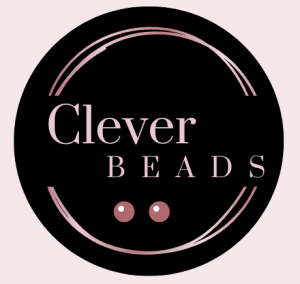
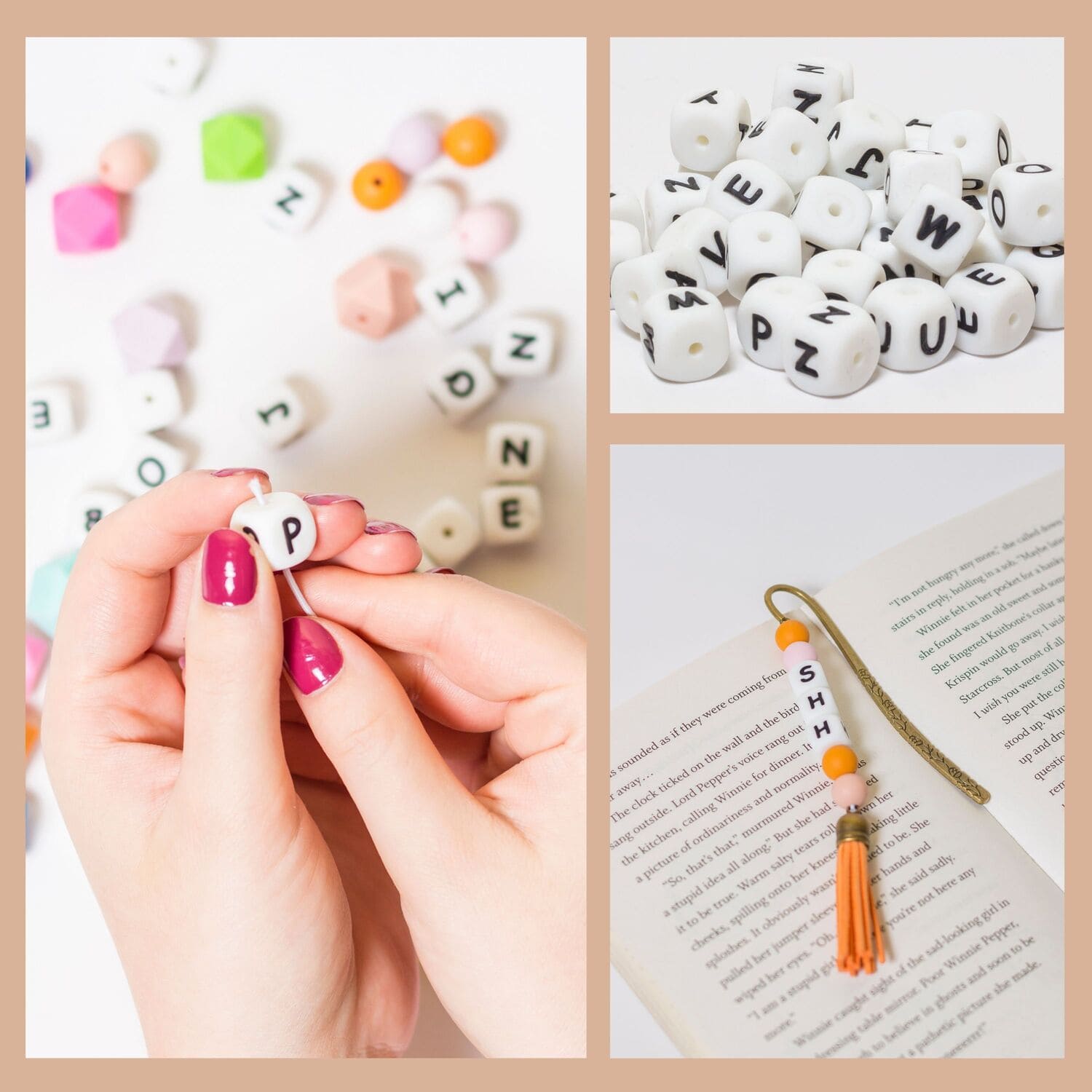
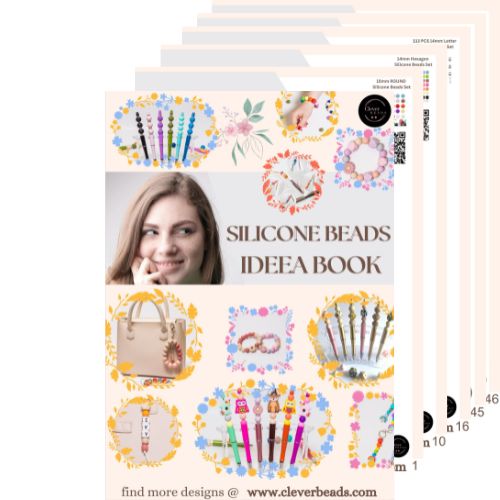

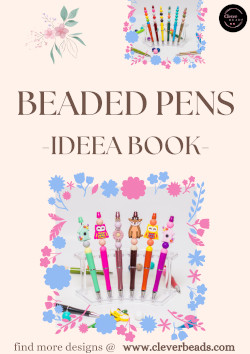
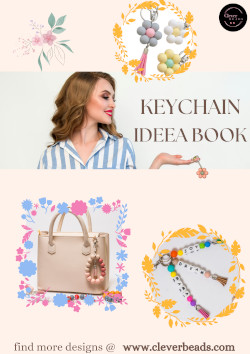
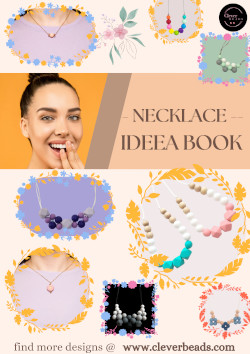

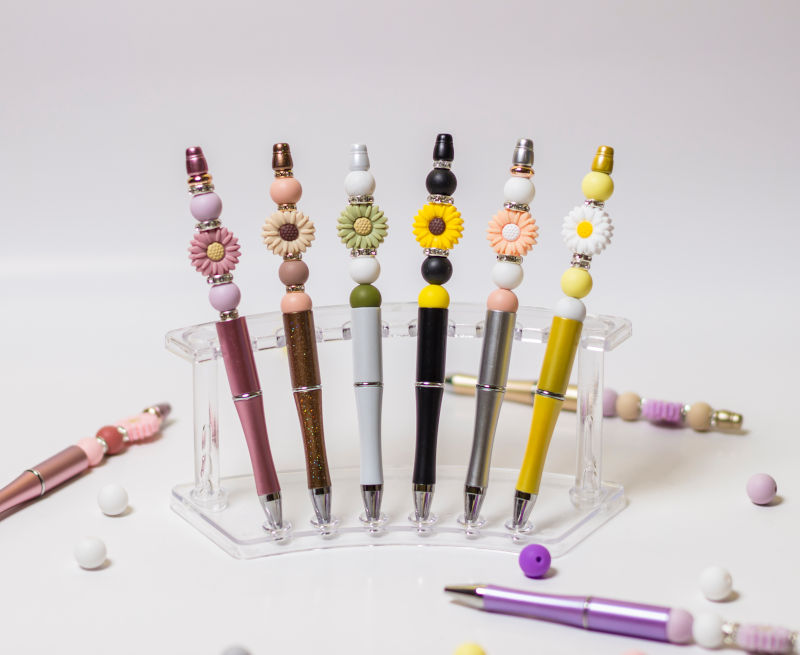
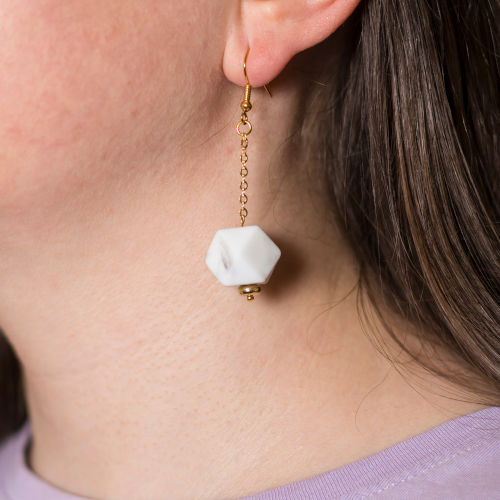
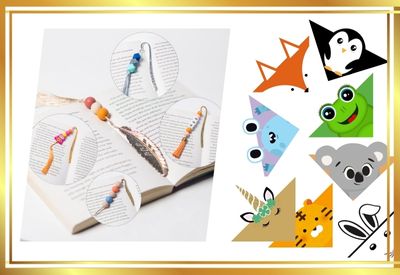

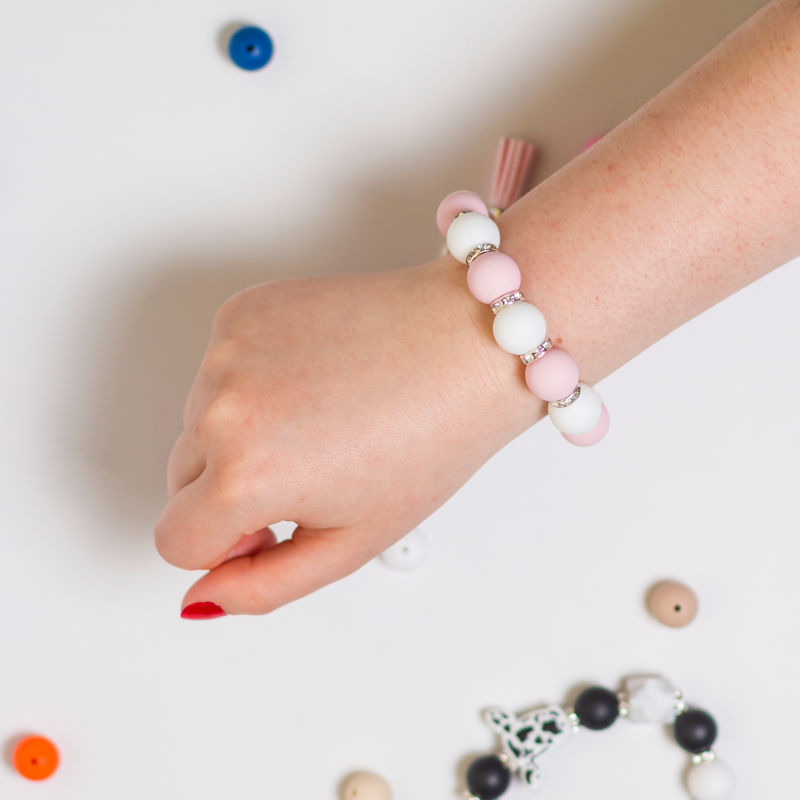
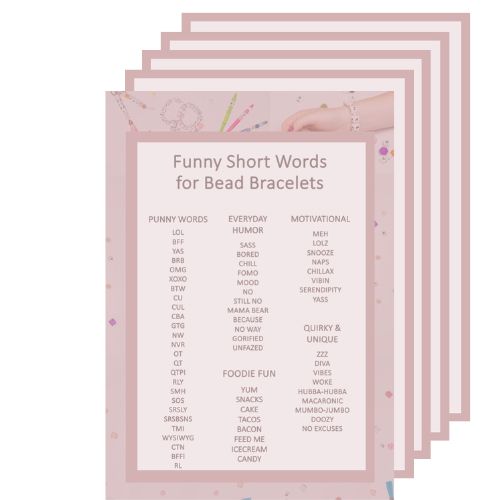
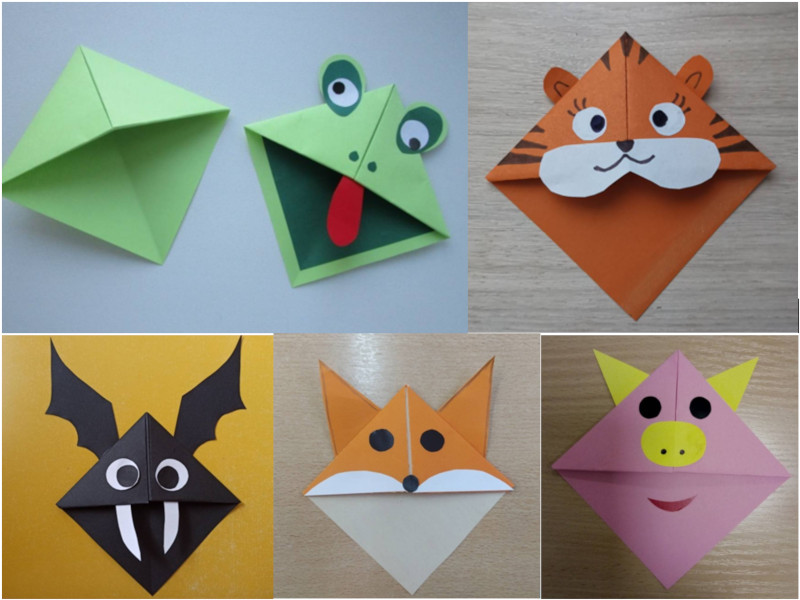
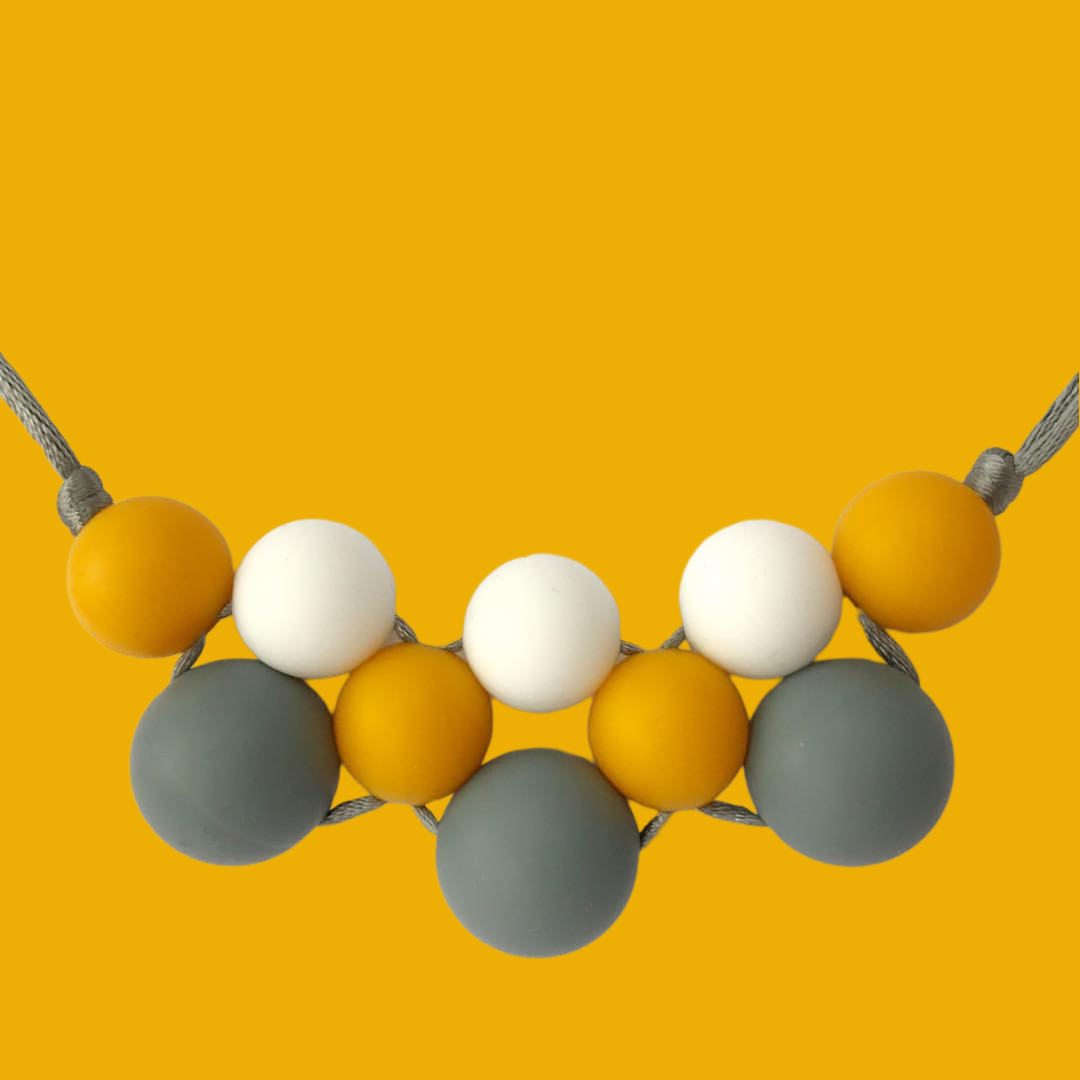
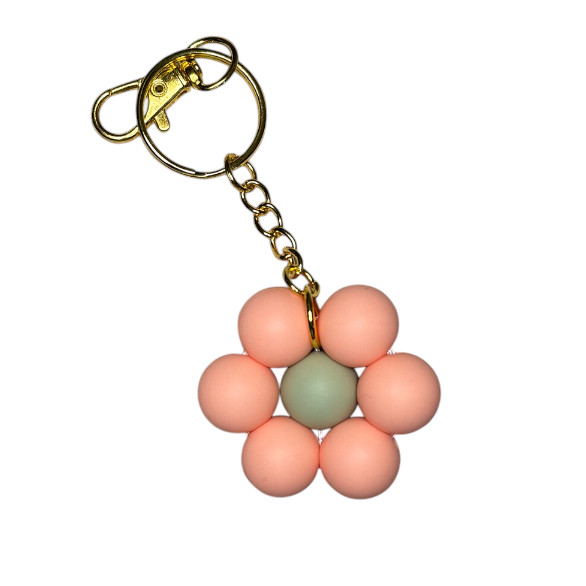





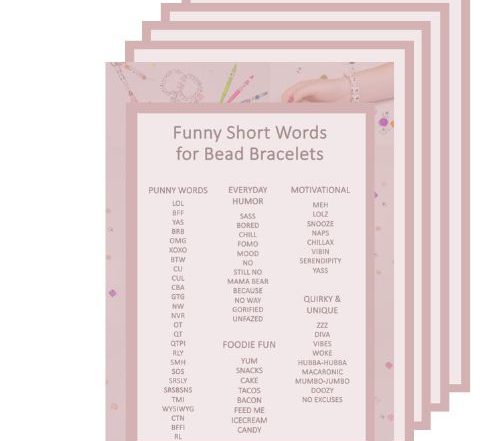


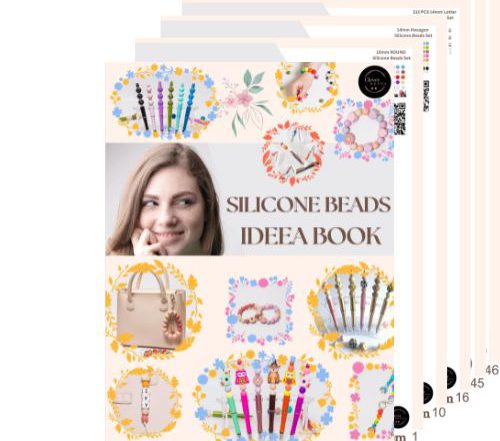




Pam says:
BettySweet says:
Jamie says: